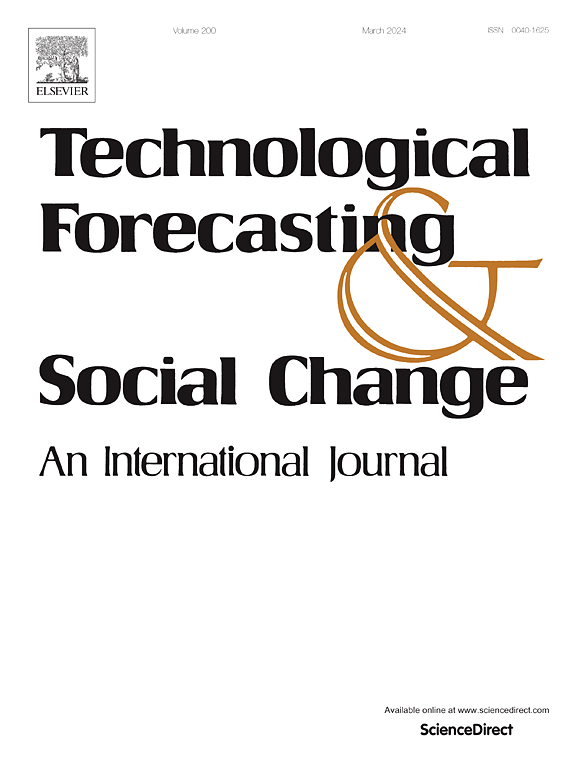Blockchain technologies adoption in healthcare: Overcoming barriers amid the hype cycle to enhance patient care
IF 12.9
1区 管理学
Q1 BUSINESS
Technological Forecasting and Social Change
Pub Date : 2025-02-12
DOI:10.1016/j.techfore.2025.124031
引用次数: 0
Abstract
Blockchain technologies are increasingly recognized as a transformative force across industries, offering potential solutions for information management, data security, and operational efficiency improvement. However, integration into the healthcare sector faces significant barriers, ranging from technical challenges to organizational resistance. In this study, a methodology is proposed that examines these critical barriers through a comprehensive analysis of 3265 academic papers and derives actionable solutions from 1566 patents published between 2016 and 2023. This approach bridges the gap between identifying challenges and implementing solutions. Using the “Stepwise Weight Assessment Ratio Analysis (SWARA)”, twelve critical adoption challenges are analyzed, while Top2Vec-based topic modeling identifies innovations that best address the ranked barriers. In addition to this, the proposed ‘healthcare ecosphere’ knowledge map serves as a comprehensive tool to analyze key stakeholders, their interactions, and the alignment of adoption barriers in solution spaces. The findings show that innovations in blockchain technologies are heavily concentrated in areas such as data security and application functionalities, whereas other critical domains—such as consensus mechanisms, governance, and regulatory frameworks—remain underexplored, pointing to opportunities for growth and development. The mapping of barriers to solutions provides practical guidance for healthcare providers, policymakers, and technologists seeking to implement the blockchain technologies effectively.
求助全文
约1分钟内获得全文
求助全文
来源期刊
CiteScore
21.30
自引率
10.80%
发文量
813
期刊介绍:
Technological Forecasting and Social Change is a prominent platform for individuals engaged in the methodology and application of technological forecasting and future studies as planning tools, exploring the interconnectedness of social, environmental, and technological factors.
In addition to serving as a key forum for these discussions, we offer numerous benefits for authors, including complimentary PDFs, a generous copyright policy, exclusive discounts on Elsevier publications, and more.

 求助内容:
求助内容: 应助结果提醒方式:
应助结果提醒方式:


